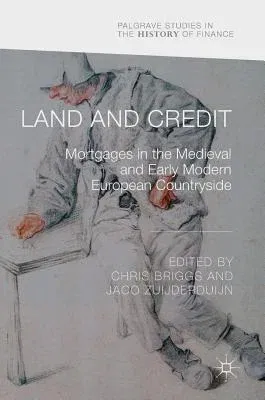Land and Credit: Mortgages in the Medieval and Early Modern European Countryside (2018)Hardcover - 2018, 8 March 2018

Qty
1
Turbo
Ships in 2 - 3 days
In Stock
Free Delivery
Cash on Delivery
15 Days
Free Returns
Secure Checkout

Part of Series
Palgrave Studies in the History of Finance
Print Length
339 pages
Language
English
Publisher
Palgrave MacMillan
Date Published
8 Mar 2018
ISBN-10
3319662082
ISBN-13
9783319662084
Description
Product Details
Book Edition:
2018
Book Format:
Hardcover
Country of Origin:
NL
Date Published:
8 March 2018
Dimensions:
21.01 x
14.81 x
2.06 cm
Genre:
Medieval (500-1453) Studies
ISBN-10:
3319662082
ISBN-13:
9783319662084
Language:
English
Location:
Cham
Pages:
339
Publisher:
Weight:
580.6 gm